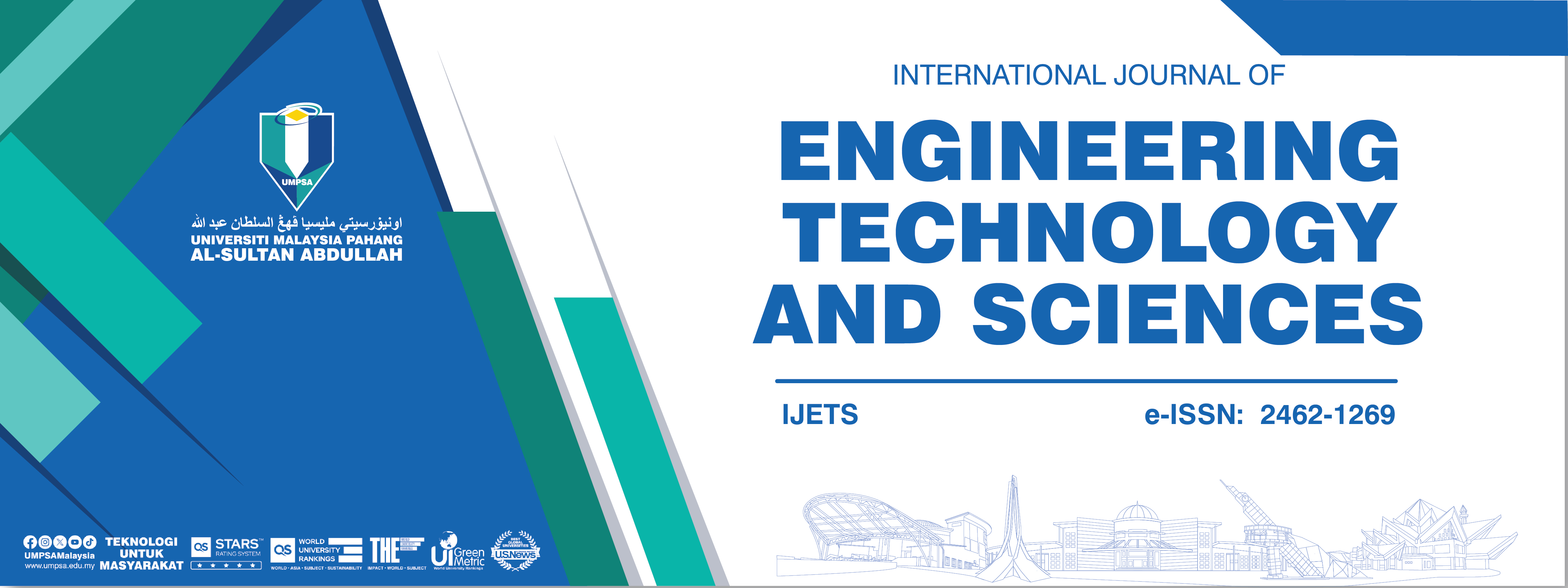Road Construction Equipment Management: A Case Study on Selected Industry
DOI:
https://doi.org/10.15282/ijets.5.2016.1.11.1050Keywords:
Construction equipment management, Equipment management policyAbstract
The major share of capital and equipment intensive operation goes to the road sector and the hydro – electric power projects. The construction sector in Ethiopia is developing at a fast rate and its capital budget is increasing from year to year. One of the reasons for this high growth is the number of new construction projects underway and those in the pipeline. In addition, the hydro-electric power projects the government has given a great emphasis to increase the current installed power of 780Mw to a total of 10,000Mw in the coming few years. These hydro-power projects are known for using a great deal of high investment heavy machineries. Therefore, the construction equipment management plays a great role in finalizing the projects with fewer budgets and no time over run. Considering the higher operation, maintenance and investment cost of construction equipment, it is important to have a carefully optimized decision making model that will help in the sizing and selection of the right combination of equipment for a given project. Even the rental versus purchase evaluation needs careful consideration of the project requirement and its duration. This study tries to analyze the existing situation taking a selected company as a case study with regard to construction equipment management. The study tries to cover the equipment management policy of the company, suppliers/manufacturers evaluation and selection criteria, types of purchase processes employed, as well as different make types and capacities of equipment owned by the company. Moreover, capacities of standard facilities available for the central maintenance workshop and replacement plan of equipment of the company in the coming five years will be investigated and commented on.


